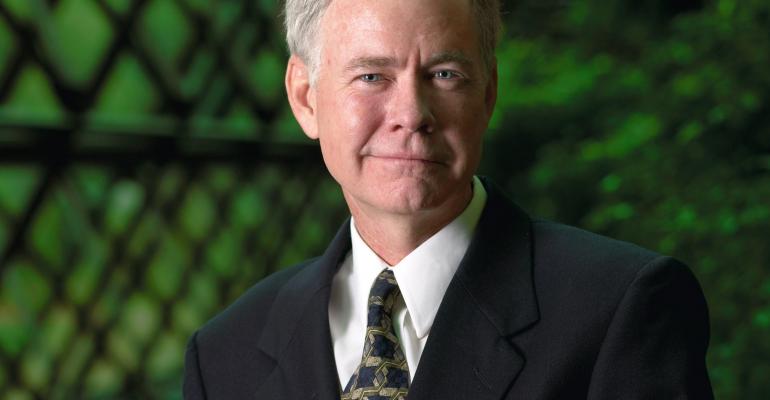It costs a lot of money to run a car company. Developing one new model easily can cost $1 billion. It then is refreshed in four years typically at a cost of several hundred million, and then completely replaced in eight years, which is when it’s time to spend another billion. A new engine and transmission can add another $1 billion apiece to the bill.
The auto industry is a capital glutton. The top 10 global automakers spend over $70 billion every year on product development. They spend close to $100 billion every year on new plants and equipment. And yet the returns on those investments are lower than what investors can earn in other industries. What happens when the money people decide to go invest elsewhere?
This is why automakers are eager to cooperate on developing new models and powertrains. They’re trying to split the costs. It’s why FCA’s Sergio Marchionne is actively trying to merge with competitors. And it’s why we’re seeing some suppliers, such as JCI, get out of the automotive interiors business altogether.
But what if we could make cars differently? What if we could slash the amount of capital it takes to develop and tool up a car?
Take a look at what BMW did with the i3 electric car. The structure of the car is made of carbon fiber. And yes, carbon fiber is very expensive. But from a capital investment standpoint the car is a bargain. By switching to a new material, BMW eliminated the need for stamping dies, which cost about a half a million dollars for one die set.
And of course if you don’t need dies, you don’t need stamping presses, which cost $60 million to $80 million per press line. And that, of course, eliminates the need for a body shop which runs about a quarter of a billion dollars. Building cars this way means you can kiss all those welding robots goodbye. Munro & Associates did a comprehensive tear-down analysis of the i3 and determined BMW eliminated $300 million in tooling costs by taking this approach.
Better still, carbon-fiber costs are coming down. Until now, the automotive industry had to buy aerospace-grade carbon fiber. It’s unnecessarily expensive for automotive use and we’re about to see new automotive grades that are more cost-effective. If capital investment costs are so important, we could become an industry of weavers instead of metal bangers.
While carbon-fiber construction is interesting, additive manufacturing, or 3D printing, looks to be the disruptive and transformative manufacturing technology of the coming decade. Local Motors is blazing the way. It wants to build a series of small factories, printing cars to local tastes. These are fully capable cars that can meet FMVSS crash standards thanks to printing a crush structure into the body design. Best of all, tooling costs are only $3 million per vehicle. 3D printers can print almost anything, including parts and structures made of metal.
While these printers operate rather slowly, they keep getting faster. And besides, if they’re slow, then just get more of them. One of the best visions I’ve seen was at a Maker Faire where high school students were using 3D printers to make parts for more 3D printers. Now there is an idea that could revolutionize manufacturing.
These are but two examples of ways to reduce capital investment. There are certainly more. In the past thirty years the automotive industry made impressive advancements in engineering and manufacturing. Now there is a clear need to focus on transformative ways to reduce capital investment.
As OEMs and suppliers come under increasing pressure to provide better returns, they will discover there are other ways to increase their return-on-invested capital. They can design cost out. Mergers don’t have to be the only solution.
John McElroy is editorial director of Blue Sky Productions and producer of the “Autoline” PBS television show and “Autoline Daily,” the online video newscast.





